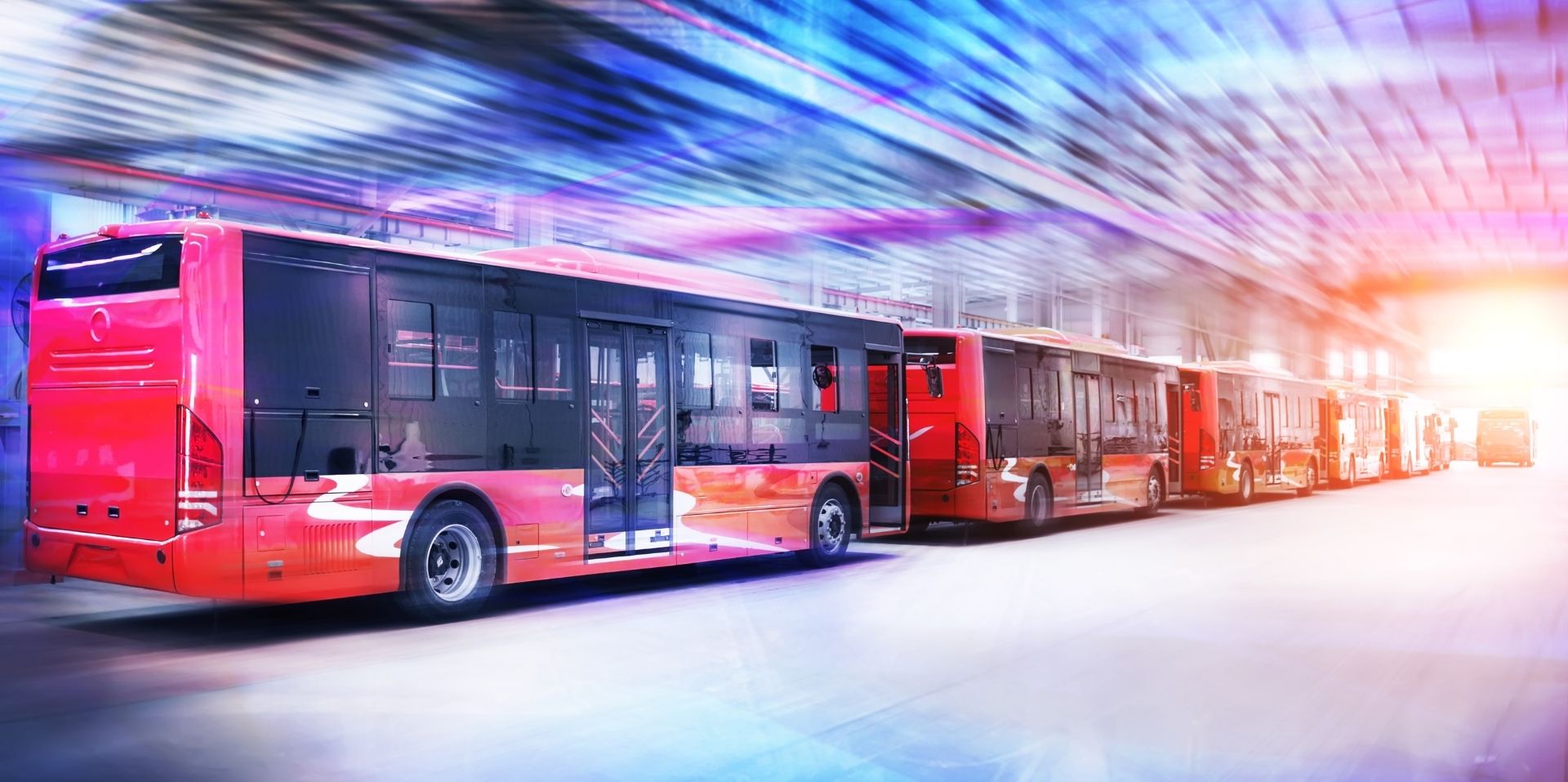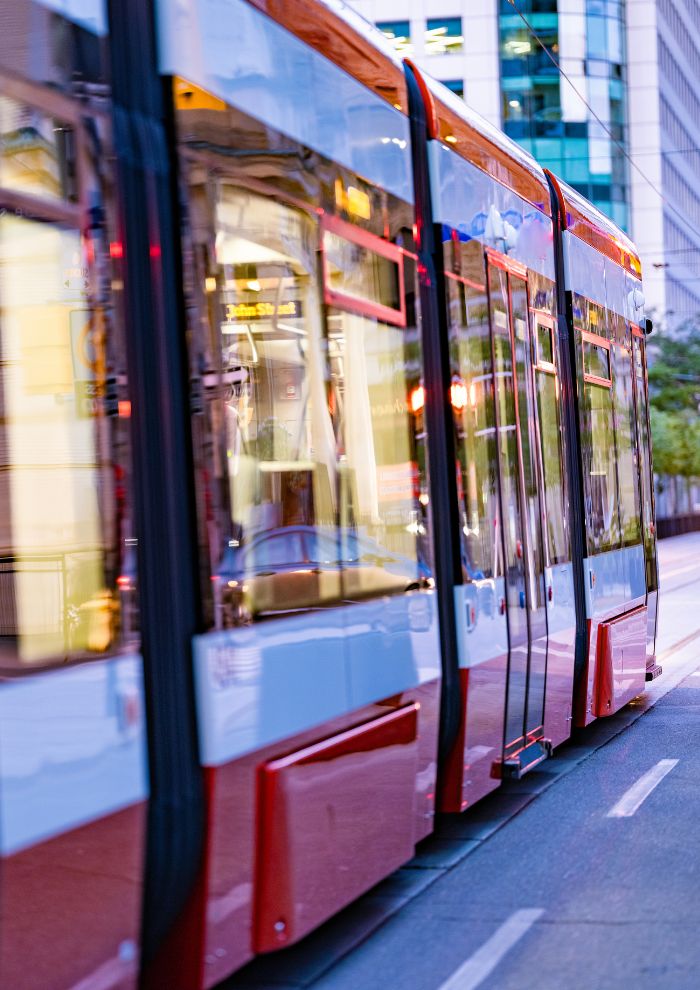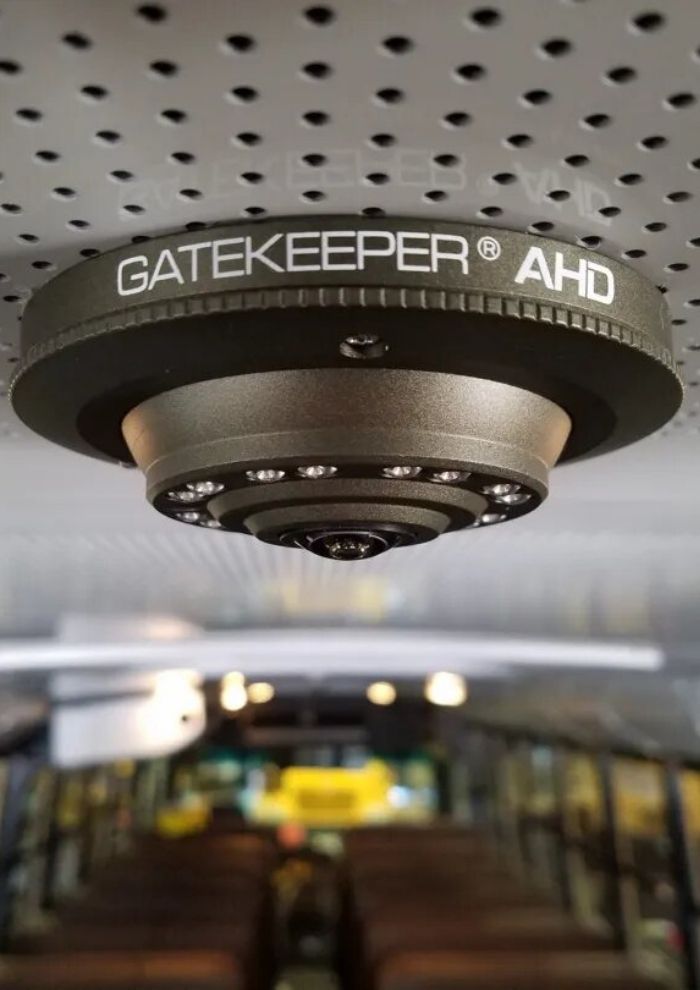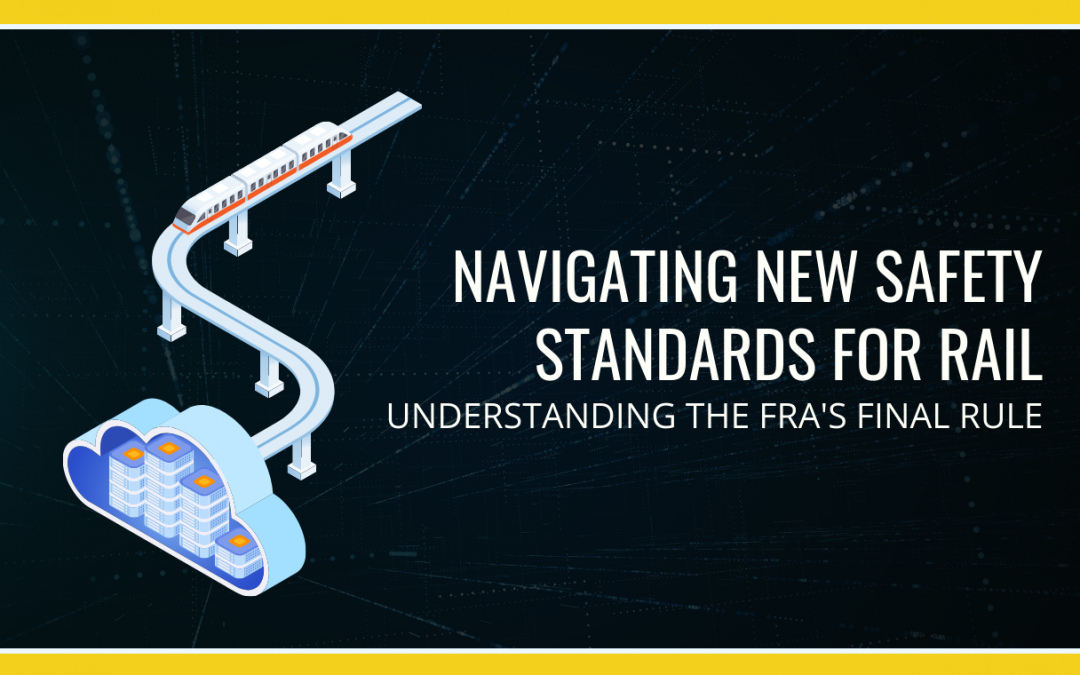Navigating New Safety Standards for Rail: Understanding the FRA’s Final Rule
Rail travel is already one of the safest modes of transportation, and The Federal Railroad Administration (FRA) has recently introduced a new regulation aimed at making these journeys even safer.
As of October 2023, all passenger trains in the United States will be required to have inward and outward-facing cameras on their lead locomotives.
The purpose of this final rule is to make trains safer by recording what happens in the interior, exterior, as well as capture the actions of the crew.
This requirement for video and data was brought about by several serious incidents where there were no cameras or data recorders on board.
In the event of an incident, having all the necessary information is critical in understanding the factors leading up to it.
It is also essential in helping to determine safety improvements after an accident.
By the time the compliance deadline for the final rule has arrived, every single passenger lead locomotive will be equipped with an image recording system.
Transforming the entire passenger rail system is a significant step, but it is also a critical one in making rail travel safer for all passengers.
The Catalysts For The FRA Final Rule
As safe as rail travel is, there have been several high-profile accidents in recent years that have highlighted a critical safety gap.
The safety issue, and the catalyst for the FRA’s Final Rule, was the lack of comprehensive data for leading up to these accidents.
There had been no video or data being recorded, leaving investigators with the significant challenge of piecing together events leading up to accidents.
Without this important information, it severely hampered the ability to pinpoint causes and implement necessary safety improvements.
These incidents brought to light one of the few safety gaps in rail transit, as well as the role technology can play in making rail transportation even safer.
Understanding the FRA’s Final Rule
The FRA’s Final Rule (49 CFR § 229.136) encompasses a list of specific requirements for increasing safety on passenger trains.
One of the most important is that by October 12, 2027, all intercity passenger and commuter railroads must equip the lead locomotives of their passenger trains with FRA compliant image recording systems.
For new, remanufactured, or existing passenger train lead locomotives where image recording systems are installed after October 12, 2024, these systems must comply with the rule’s specifications.
For the recording system, the last twelve hours of data recorded has to be preserved in a memory module that is compliant with the existing standards for crashworthiness.
The data collected is crucial for understanding the series of events leading to an accident so that steps can be established to prevent similar incidents from occurring.
In the event of an accident, the data needs to remain intact and accessible for analysis.
The rule is also designed to make trains safer by influencing how crew members conduct themselves.
The reasoning behind this is that staff will be encouraged to make safe decisions by the knowledge that footage of their actions might be reviewed at any time,
The rule also treats the recording devices on passenger trains as ‘safety devices,’ prohibiting any tampering or disabling of these systems.
These requirements represent the next evolution of safety in public transit, leveraging technology to minimize risks and enhance the safety and security of passengers and rail staff.
Gatekeeper’s Integrated Solution
Gatekeeper has developed a state-of-the-art solution that not only meets, but also surpasses the FRA’s Final Rule requirements.
At the heart of this solution is the Crash Hardened Memory Module (CHMM), a device engineered for the rail industry.
This module stands out for its durability, reliability, and the ability to capture and store vital data from locomotives, ensuring compliance with the new requirements.
CHMM is also more than just a piece of hardware; it’s part of a larger, integrated safety system that includes Gatekeeper’s innovative G4 Vision and Health Check systems.
This integrated solution brings the power of AI to rail safety, enabling advanced self-monitoring capabilities.
The system autonomously checks the operational status of recording devices, identifying any issues in real-time to ensure they’re always ready when needed.
This proactive approach to monitoring system integrity is key for meeting the FRA’s new requirements.
Gatekeeper’s CHMM also has the added benefit of seamless adaptability to both new and existing rail installations.
With Gatekeeper, rail operators are equipped with an advanced solution that meets current regulations and is also future-ready, ensuring rail agencies can stay at the cutting edge of safety.
A New Era of Safety
The FRA’s Final Rule is a new era of safety and oversight in rail transportation and is a significant leap forward for the industry.
This mandate not only enhances the safety of passengers and crew but also sets a new benchmark for how rail operations manage and investigate incidents.
By using technology to identify and close this safety gap, rail transit is poised to be safer than ever.





